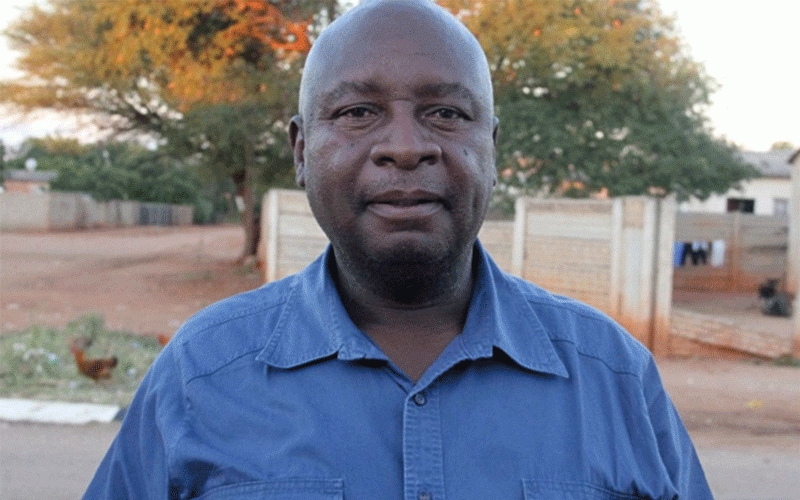
ZESA Holdings says ongoing power cuts are attributed to a technical fault at one of its reliable power stations.
Hwange Power Station has become Zimbabwe’s reliable source of electricity and was generating 1 099MW as of Tuesday last week before a technical fault at one of its units saw generation at the power plant dropping to 635MW on Saturday.
The situation has been worsened by the poor performance of Kariba Power Station whose generation capacity has dropped to 215MW from 1 050MW due to the effects of an El Niño-induced drought.
The usable live storage volume has dropped to single digit levels, falling to 9,05% on Friday from 27,53% during the same period last year.
In a statement, Zesa said the technical fault had resulted in increased load shedding around the country.
“Zesa Holdings would like to inform its valued customers that the national power grid is currently experiencing reduced electricity generation capacity due to a technical challenge that occurred at the Hwange Thermal Power Station’s Unit 8," the statement read.
"As a result of this generation shortfall, the utility has had to implement increased load shedding schedules across the country in order to balance electricity supply and demand.”
The rolling power cuts have seen households and companies going for more than 10 hours with power, a situation they thought was behind them as they had faced any blackout in the days running up to the Sadc summit.
- Low tariffs weigh down ZETDC
- ‘Systems disturbance hits Hwange Power Station’
- Zesa doubles power charges
- Kariba, Hwange power plants obsolete: Govt
Keep Reading
Power cuts will be a new headache for industries as they are also grappling with foreign currency shortages.
Analysts say Zimbabwe would have been in a worse off situation had it relied more on hydro power stations like its northern neighbour, Zambia.
“Our technical teams are frantically working on resolving the fault so as to minimize the impact on customers. We apologise for the inconvenience and appreciate our customers' patience and understanding during this period,” Zesa said.
Government recently said the country is set to gain an additional 600MW of electricity following the implementation of Hwange’s Deka Upgradation Project, a landmark energy infrastructure development aimed at boosting power generation.
The Hwange’s Deka project, implemented at a cost of US$48,1 million, was made possible through cooperation between the Government of Zimbabwe and the Government of India, with funding provided by the Indian Exim Bank.
Speaking during the handover ceremony of the project, Energy and Power Development minister Edgar Moyo said the Deka upgradation project is a significant step towards enhancing electricity generating infrastructure for the benefit of citizens.










